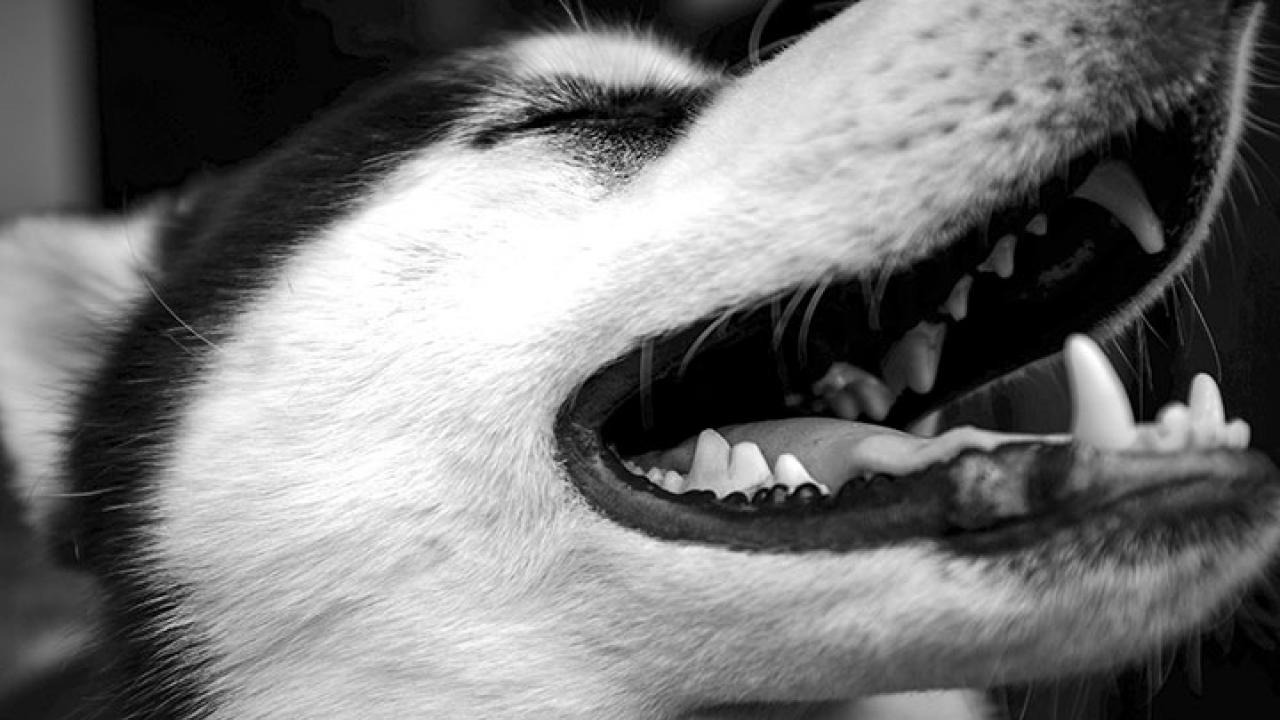
Dental Home Care Instructions
Dental Home Care Instructions
Dogs and cats get plaque on their teeth just like humans. Plaque is made of proteins (from saliva) and bacteria. If the plaque is not removed every day, the bacteria will multiply rapidly and invade the gums around the teeth. Gingivitis, or inflammation of the gums, results. If the plaque is still not removed, the inflammation of the gums will spread to the bone around the teeth and cause bone loss or periodontal disease. Ultimately, the teeth have no bony support and may become loose or even fall out.
Fortunately, gingivitis is reversible and periodontal disease is preventable! When plaque is removed by tooth-brushing, the gums and bone around the teeth will stay healthy. If plaque is not removed, calculus or "tartar" will form when minerals from saliva cause the plaque to harden. Once calculus is present, a professional cleaning is needed to remove it. You can prevent calculus from forming by removing plaque every day with tooth brushing.
Tooth brushing should be introduced gradually. Don't force the mouth open. Start by sliding a gauze-wrapped finger under the cheek and running your finger along the teeth and gums. Do this every day for about a week, and always praise your pet during and afterwards, or give her a favorite toy when you are finished. When she is used to this, begin using a soft-bristled toothbrush and pet toothpaste. (Human toothpaste contains foaming agents which can upset your pet's stomach. Fluoride is also not needed, as dogs and cats don't usually get the same kind of cavities people do.) The paste should be pressed down into the bristles, so the pet doesn't lick it off the brush. Start by brushing just a few teeth at a time. Hold the toothbrush at a 45 degree angle so the bristles go under the gumline. Only the outside surfaces of the teeth need to be brushed at first. Try to use a circular motion with the toothbrush if at all possible.
Brushing should be done at the same time every day so it becomes part of your pet's daily routine. Afterwards, give a reward such as a favorite toy, a walk, or lots of praise. Most dogs and some cats will actually learn to enjoy this daily ritual, and will see it as extra attention from their favorite person.
Chewing activity: dogs who are active chewers are less likely to have plaque build-up. Use the "fingernail test" to help choose the appropriate toy – if your fingernail can make an indentation, then it is safe to use. Hard plastic bones or sterilized real bones are too hard and may cause tooth fractures. Fresh bones with meat and cartilage still on them are ok, but they should be removed after a few hours, because they become hard as they dry out. Edible treats are often eaten too quickly to be of much benefit, and may add significant calories to the diet.
*This article may not be reproduced without the written consent of the UC Davis School of Veterinary Medicine.
